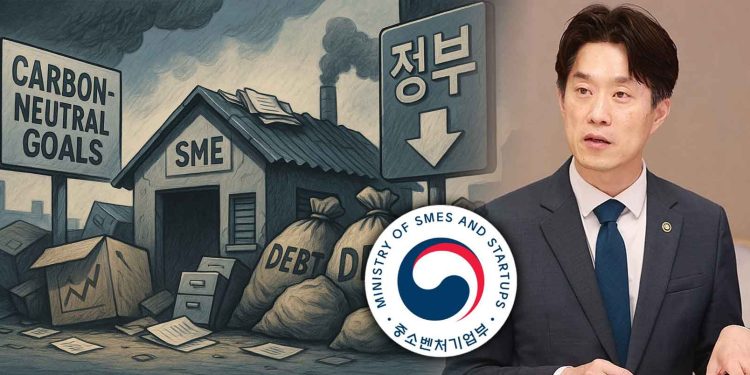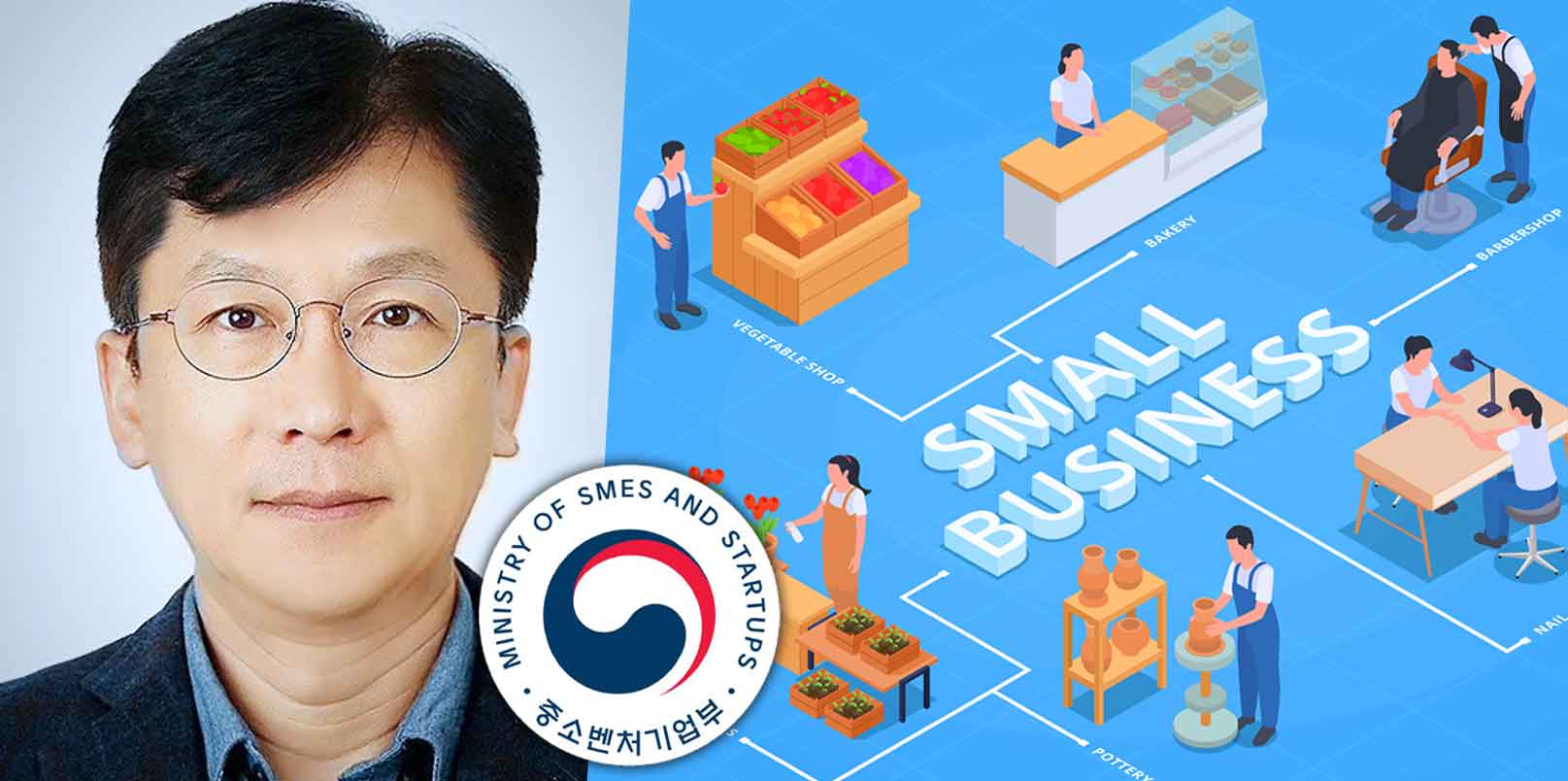Korea’s green transition is entering a new phase of tension and adjustment. As policymakers accelerate national carbon goals, small and mid-sized manufacturers are warning that compliance may be financially unsustainable. Their growing anxiety now collides with government efforts to redesign industrial policy — testing how far Korea can push its carbon ambition without crippling its SME backbone.
Korea Tightens Carbon Targets: SMEs Raise Alarm Over Feasibility
Korea’s small and mid-sized enterprises (SMEs) are voicing growing concern that the nation’s newly raised carbon-reduction targets are too ambitious to meet under current industrial conditions.
The debate reflects a growing tension between climate commitments and economic capacity — one that’s forcing the government to accelerate policy experiments designed to ease the transition.
In February, the Korea Federation of SMEs surveyed 500 manufacturing firms. Nearly 93% said they could not meet the government’s carbon-neutral goals within the required timeframe. Many cited high electricity costs, lack of technical resources, and outdated factory infrastructure as key barriers.
With the national plan now requiring a 53–61% cut in greenhouse gas emissions by 2035, many SMEs say they face a dilemma: cut production or risk non-compliance. One metal processing firm owner told Newsis,
“We understand the need for carbon reduction, but doing this much might mean stopping work altogether.”
Government Launches Targeted Action Through Automotive Supply Chain Partnership
While the SME outcry spans sectors, the government is beginning to test new frameworks in strategic industries.
On November 17, the Ministry of SMEs and Startups (MSS) and the Ministry of Trade, Industry and Energy (MOTIE) announced a major partnership with Hyundai Motor, Kia, and 87 auto parts suppliers to accelerate decarbonization across the automotive supply chain.
The program supports first-tier suppliers in replacing carbon-intensive equipment, who then reinvest equivalent funds to help second-tier suppliers upgrade as well. Officials described this as a “chain-reaction carbon reduction system” — a model where large enterprises and the state jointly enable smaller firms to adopt low-emission production.
By linking industrial and environmental policy, Korea aims to ensure that small manufacturers — which make up more than 99% of its enterprises — are not left behind as carbon regulations tighten globally.
Public–Private Collaboration Seen as Bridge Between Targets and Capacity
MSS Vice Minister Noh Yong-seok acknowledged that supply-chain-level cooperation is now essential. “As global supply chain carbon regulations intensify, collective reduction efforts are becoming more important,” he said, praising early action in the auto sector where SMEs dominate.
Similarly, MOTIE’s Director-General Park Dong-il emphasized that no single company can achieve decarbonization alone. He called for “government, large enterprises, and SMEs to work together toward Korea’s green transition.”
Hyundai and Kia described the partnership as a “practical model for real supply chain transformation,” noting that the effort not only supports sustainability but also strengthens competitiveness in export markets where carbon performance is now a trade requirement.
Why SME Carbon Anxiety Signals a Critical Turning Point
SMEs sit at the core of Korea’s industrial economy, yet many lack the capital and tools to adapt to rising ESG and carbon compliance standards.
As the EU’s Carbon Border Adjustment Mechanism (CBAM) and similar policies expand, the pressure to decarbonize is no longer optional — it’s a condition for survival in global supply chains.
The Hyundai–Kia initiative therefore serves as more than an isolated policy move. It signals a broader paradigm shift toward networked decarbonization, where large enterprises act as accelerators for SME transition. This approach could redefine how industrial ecosystems across Asia address climate goals — not through isolated mandates, but through structured collaboration.
However, the challenge remains uneven. Outside the automotive sector, most SMEs still face steep barriers to clean technology adoption. Without broader fiscal and regulatory support, many risk being excluded from Korea’s export economy just as green compliance becomes the new competitive currency.
Toward a Balanced Transition Strategy
The contrast between SME anxiety and the government’s collaborative experiments illustrates Korea’s evolving climate governance model — one that must reconcile climate ambition with industrial reality.
The automotive supply chain partnership represents a step toward that balance, offering a template for other sectors such as semiconductors, steel, and petrochemicals. Whether this model can scale fast enough to prevent SME attrition while meeting Korea’s 2035 emission targets will determine the credibility of its green transition.
For now, small businesses may be willing to act, but they simply cannot do it alone. After all, the success of Korea’s carbon-neutral transition will eventually depend on both innovation and inclusion.
– Stay Ahead in Korea’s Startup Scene –
Get real-time insights, funding updates, and policy shifts shaping Korea’s innovation ecosystem.
➡️ Follow KoreaTechDesk on LinkedIn, X (Twitter), Threads, Bluesky, Telegram, Facebook, and WhatsApp Channel.





